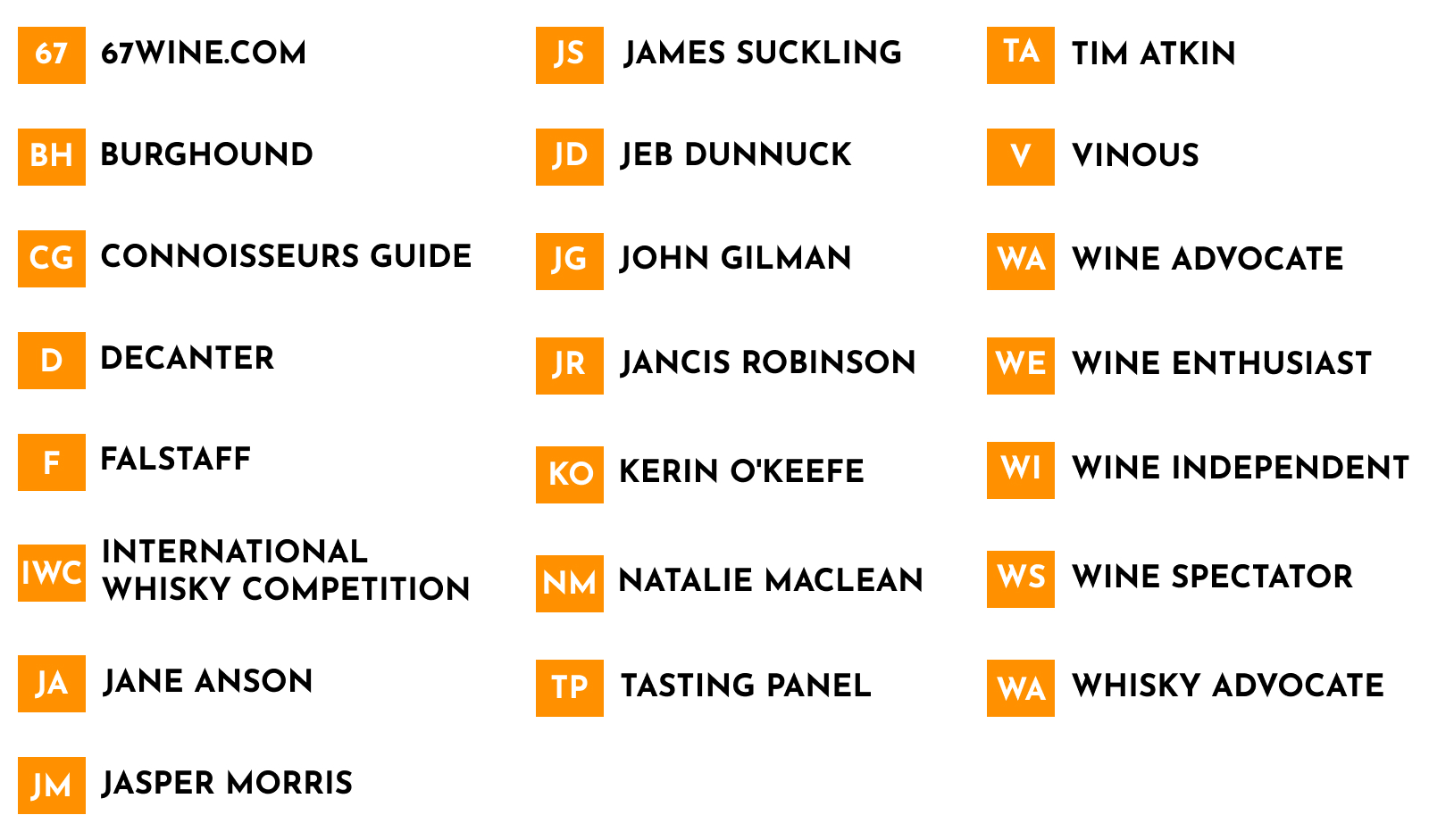One of those everyday questions we are asked "is that wine sweet?" First of all, most 'table' wines are dry and have very little residual sugar (the technical term for sugar in wine). This is usually measured in Grams per Liter, and most wine has around .7 to 1 g/ltr. Anything below .7 is generally considered not perceptible by most people. In contrast, most wines considered sweet are about 45 g/ltr. Some sweet wines go up to 150 g/ltr (Tokaji, Sauternes, and Coteaux de Lyon in exceptional vintages will reach this).
So, having said all this there is a way for you to taste and tell if there is perceptible residual sugar - it's a bit odd . . Anyhow . . . We all know that sweet is one of the 5 physical tastes, not a scent like pineapple, or cherries; but part of the 5 basic palate flavors. These include sweet, salty, bitter, umami (savory), sour. However, our brains will often confuse scents related to sweetness such as pear or pineapple, and trick us into thinking a wine is sweeter than it is.
A foolproof method to tell is to close your nose with one hand so you cannot breathe through it (or smell); and taste the wine. If you are going to drink - remember to let go of your nose before you swallow the wine (as swallowing with a closed nose is often very uncomfortable). The sweetness on the tongue will be apparent.
Ps. Remember to let go of that nose before you swallow!



